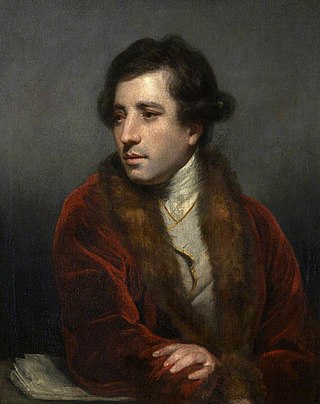
Francesco Bartolozzi was an Italian engraver, whose most productive period was spent in London. He is noted for popularizing the "crayon" method of engraving.
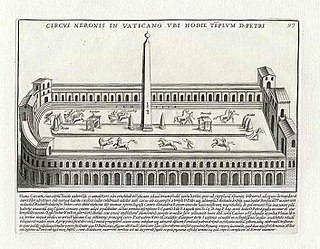
Pietro Santi Bartoli was an Italian engraver, draughtsman, painter and antiquary.

Francesco Trevisani was an Italian painter, active in the period called either early Rococo or late Baroque (barochetto).

Orazio Borgianni was an Italian painter and etcher of the Mannerist and early-Baroque periods. He was the stepbrother of the sculptor and architect Giulio Lasso.
Bonaventura Lamberti was an Italian painter of the Baroque period, active mainly in Rome. He was born at Carpi, and after some years working at Modena, he became a pupil of the painter Carlo Cignani in Rome. There, he became attached to the household of the Marchese Gabrieli. In Rome, he painted St. Francis of Paola resuscitating a dead Child for the church of the Spirito Santo de Napolitani. He painted some cartoons used for mosaics for St. Peter's basilica by Ottaviani. His Virgin showing the Infant Saviour to St. Jerome was engraved by Ludovico Dorigny. Among those who worked with him was Marco Benefial. He died in Rome.

Girolamo Rossi was an Italian engraver of the late Baroque. He was also called Girolamo de Rubeis the Younger. He was born and lived most of his life in Rome, where he engraved a variety of plates after the Italian painters. He is said to have been a pupil of Camillo Rama, and painted in the style of Paolo Veronese. He also executed several portraits of the cardinals of his time, for a series which was afterwards continued by Pazzi and others.

Charles Dupuis was a French engraver, who based many of his works on the paintings in the galleries at Versailles and the Palais-Royal.
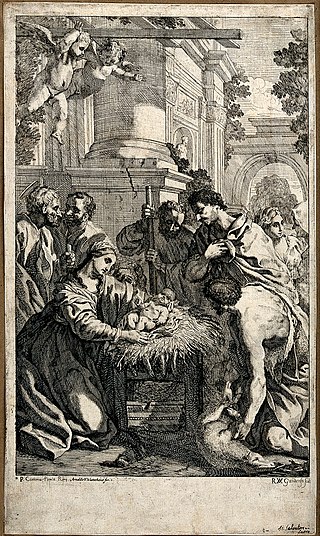
Robert van Audenaerde or Ouden-Aerd (1663–1748) was a Flemish painter and engraver.
Jean Audran (1667-1756) was a French engraver and printmaker. The brother of Benoit, and the third son of Germain Audran, he was born at Lyons in 1667. After learning the rudiments of the art under his father, he was placed under the care of his uncle, the famous Gérard Audran, in Paris. Before he was twenty years of age he displayed uncommon ability, and became a very celebrated engraver. In 1706 he was made engraver to the king, with a pension and apartments at the Gobelins. The hand of a great master is discernible in all his plates; and without having attained the extraordinary perfection of Gérard Audran, his claim to excellence is very considerable. He died in 1756. His principal prints are:
Bernard Baron was a French engraver and etcher who spent much of his life in England.
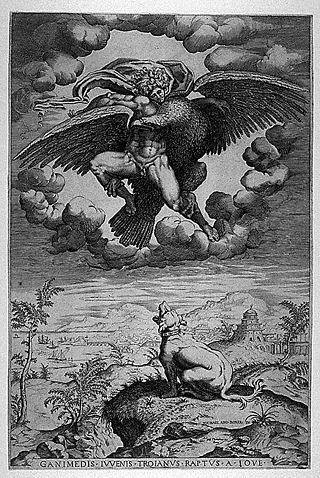
Nicolas Béatrizet was 16th century French engraver, working in Rome.

Giovanni Battista de'Cavalieri (1526–1597), an Italian engraver, was born at Villa Lagarina and died at Rome. His style of engraving resembles that of Aeneas Vico. Many of his plates are copies after the great Italian masters; they are etched, and finished with the graver. He was very laborious, and his plates number nearly 380. The following are those most worthy of notice.
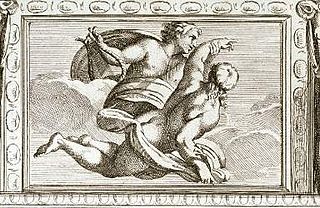
Carlo Cesio or Carlo Cesi was a Baroque-style painter and engraver of the Roman school.
Guillaume Chasteau (1635–1683) was a French engraver.

Étienne Delaune, Delaulne, or De Laune, was a French goldsmith, medallist, draughtsman and engraver.
Claude Du Bosc was a French engraver, publisher, and printseller who spent much of his career in London. Associated with French contemporaries such as the painter Antoine Watteau and the draftsman Hubert-François Gravelot, Du Bosc belonged to the first wave of skilled engravers to arrive in London during the early 18th century, playing a major part in improving the standard of English printmaking of that era.
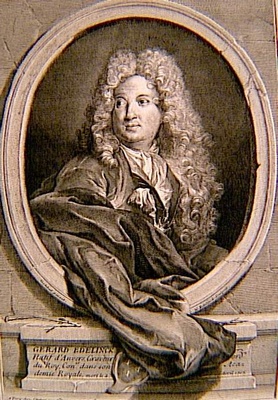
Nicolas-Étienne Edelinck was a French engraver, was born to a family of engravers in Paris, the eighth son of Gérard Edelinck. Although he had the advantage of his father's instruction, and of studying in Italy, he never rose above mediocrity. He engraved some portraits, and a few plates for the Crozat Collection. He died in Paris in 1768. Among other prints by him are the following:
Cesare Fantetti (1660–1740) was an Italian engraver.
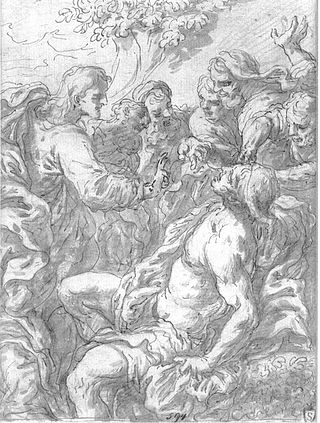
Johann Jakob Frey the Elder was a Swiss engraver.

Cornelis Galle the Elder, a younger son of Philip Galle, was born at Antwerp in 1576, and was taught engraving by his father. He followed the example of his brother Theodoor in visiting Rome, where he resided for several years and acquired a correctness of design and a freedom of execution in which he greatly surpassed both his father and his brother. After engraving several plates at Rome, he returned to Antwerp, where he carried on the business of a printseller and engraved many plates after the works of his countrymen and his own designs. He became a master of the Antwerp Guild of St Luke in 1610. One of his pupils was Giovanni Florimi of Siena.














